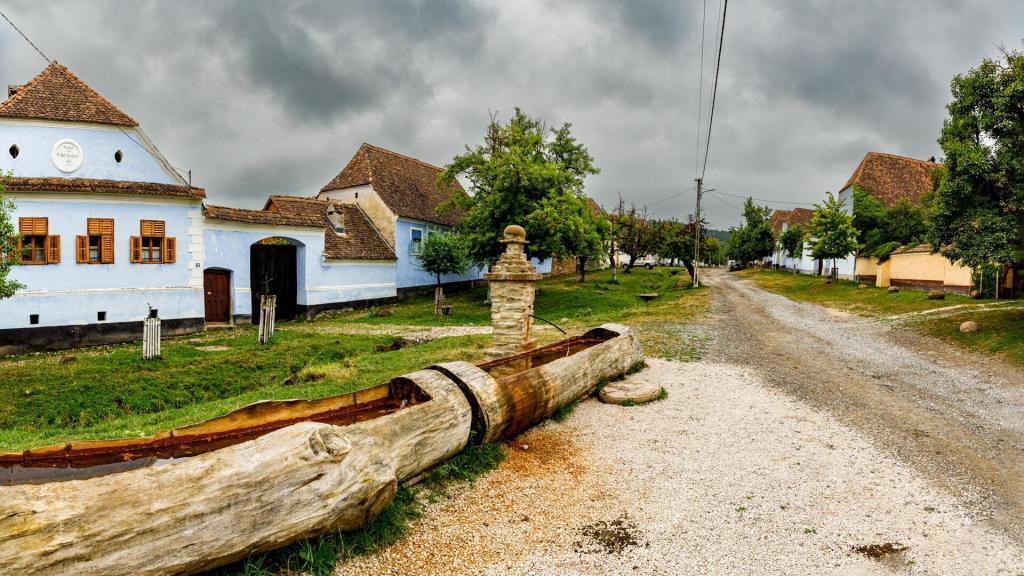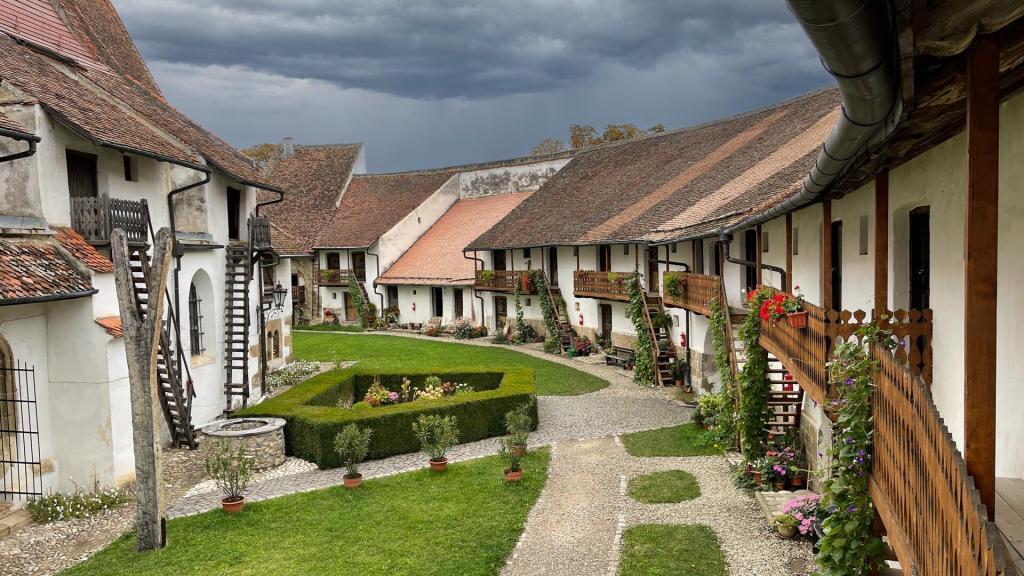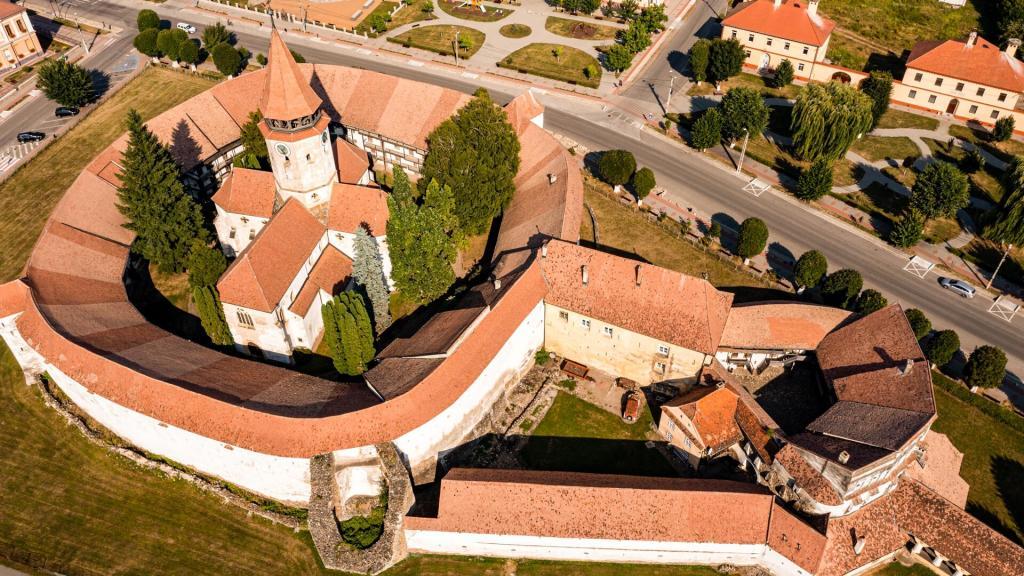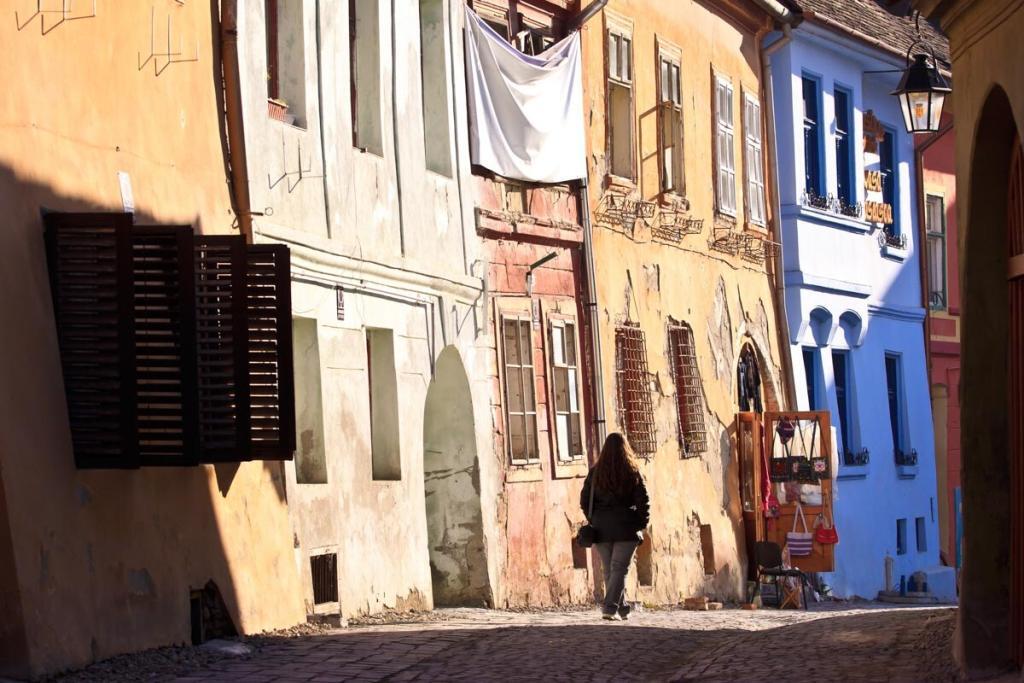Fairy tale Bucovina
Some say there is no other area in Romania more beautiful than Bucovina. They might be right.
Colors of Bucovina
WBucovina, the extreme north of the larger region of Moldova, is a land of simply beautiful colors: from the luscious green of its extensive forests to the fiery red adornments used by locals to protect the eyes of their sturdy hutul horses. But, most of all, people are attracted here by the colors of the famous painted monasteries – included in the UNESCO World Heritage Sites. We selected three colors for you – as a source of inspiration.
Voronet BLUE
Named by art critics the Sistine Chapel of The East Voronet is a monastery like no other. Built in 1488 – in the time of Stephen the Great, the legendary voivode of Moldavia –, the church looks small, being intimately surrounded by a rose garden. And all of a sudden you notice the famous shade of the blue exterior frescoes. So vibrant! And when you think it was layered there, with careful brush strokes, just about 500 years ago! The composition of Voronet blue remains unknown to the present. We think the Last Judgment scene is a must see (with competent explanations)!
Sucevita GREEN
Sucevita is an impressive work of art – it is a monastery with the structure and strength of a true medieval fortress, boosting with refinement, elegance and character. An entire universe of warriors of Christianity and saints populates the extensive frescoes of the church. And the deep green of the forests surrounding Sucevita reflects in the green of its walls. Take your time to admire the Ladder of Virtues.
Moldovita YELLOW
Approaching its 500th anniversary the Moldovita monastery is our third must-see among the stunning painted monasteries of Bucovina. Equally embellished by local painters Moldovita shines above all due to its warm yellow. It lightens the serious scenes depicted on the walls – like the Siege of Constantinople – reminding visitors the purpose of the frescoes. In a time when most people couldn’t read or write, stories and history were taught in church, by showing them painted scenes, step by step, on the walls…
Did the colors of Bucovina catch your attention? Check our tours/website for more attractions and ideas!
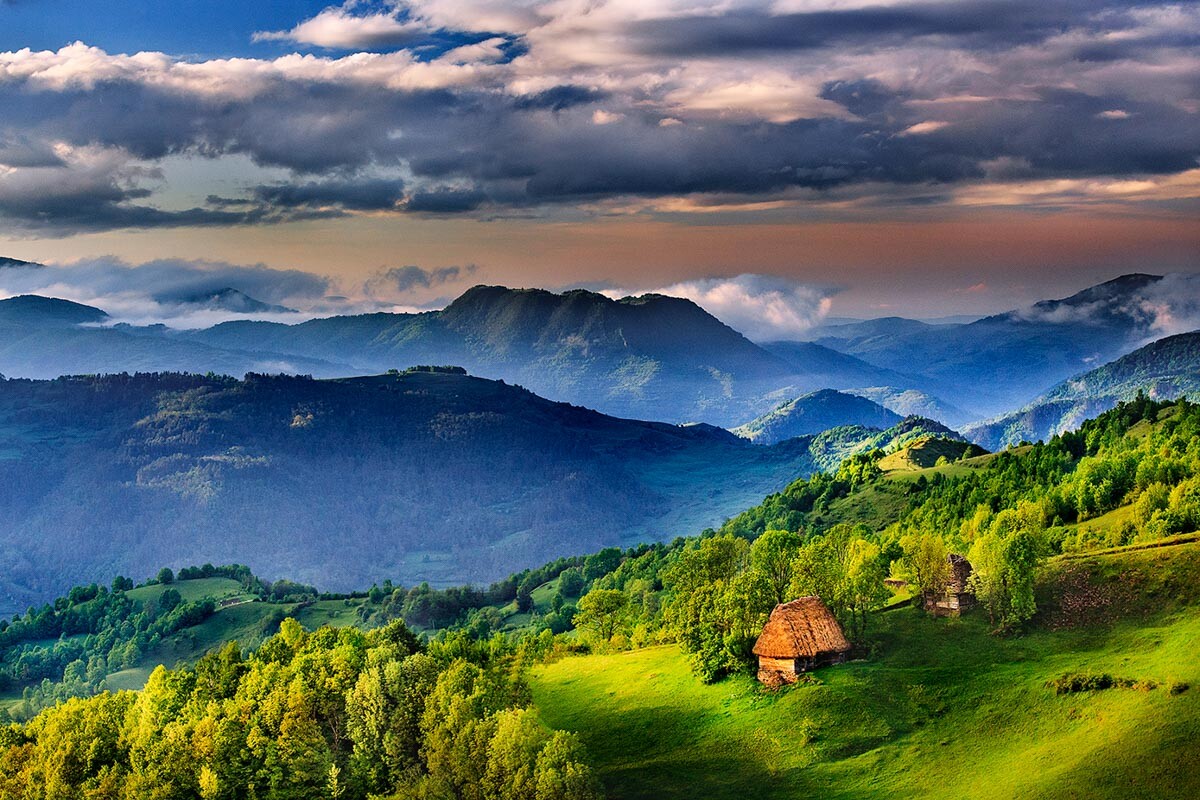
Somewhere in Bucovina

Nativity church, Gura Humorului
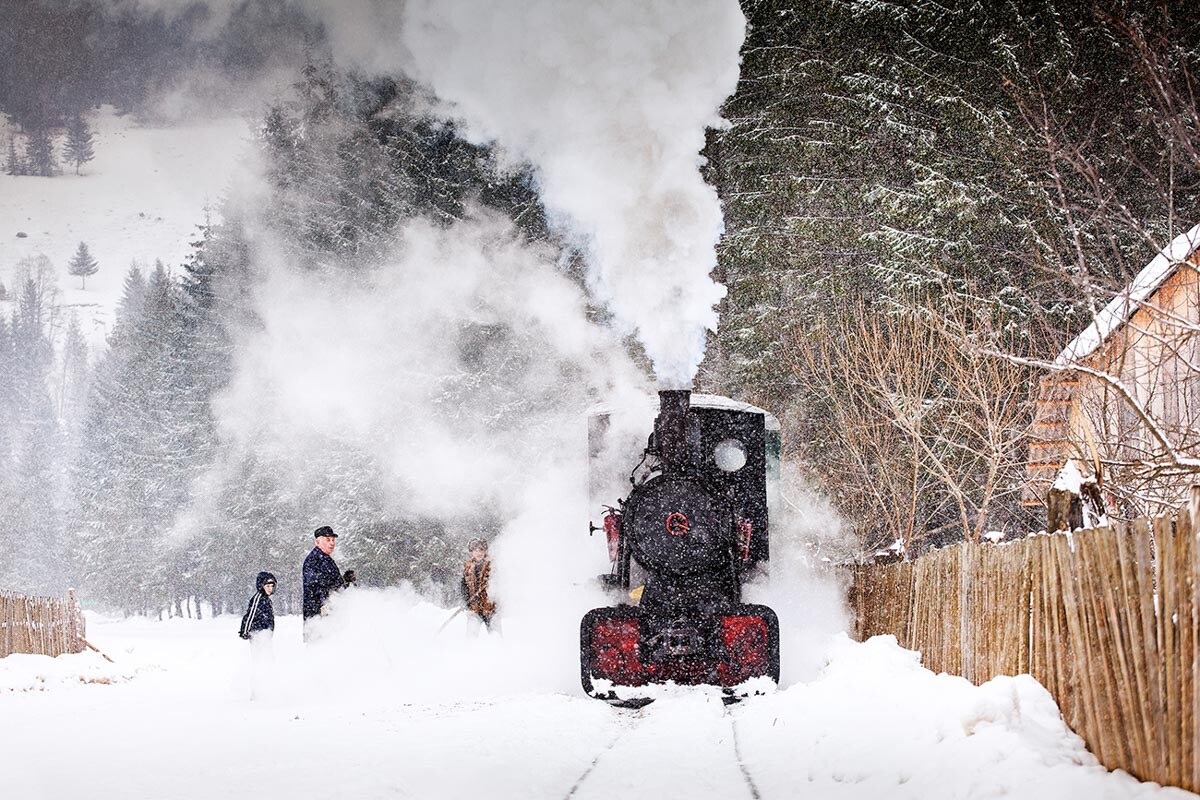
Mocanita Hutulca, Bucovina
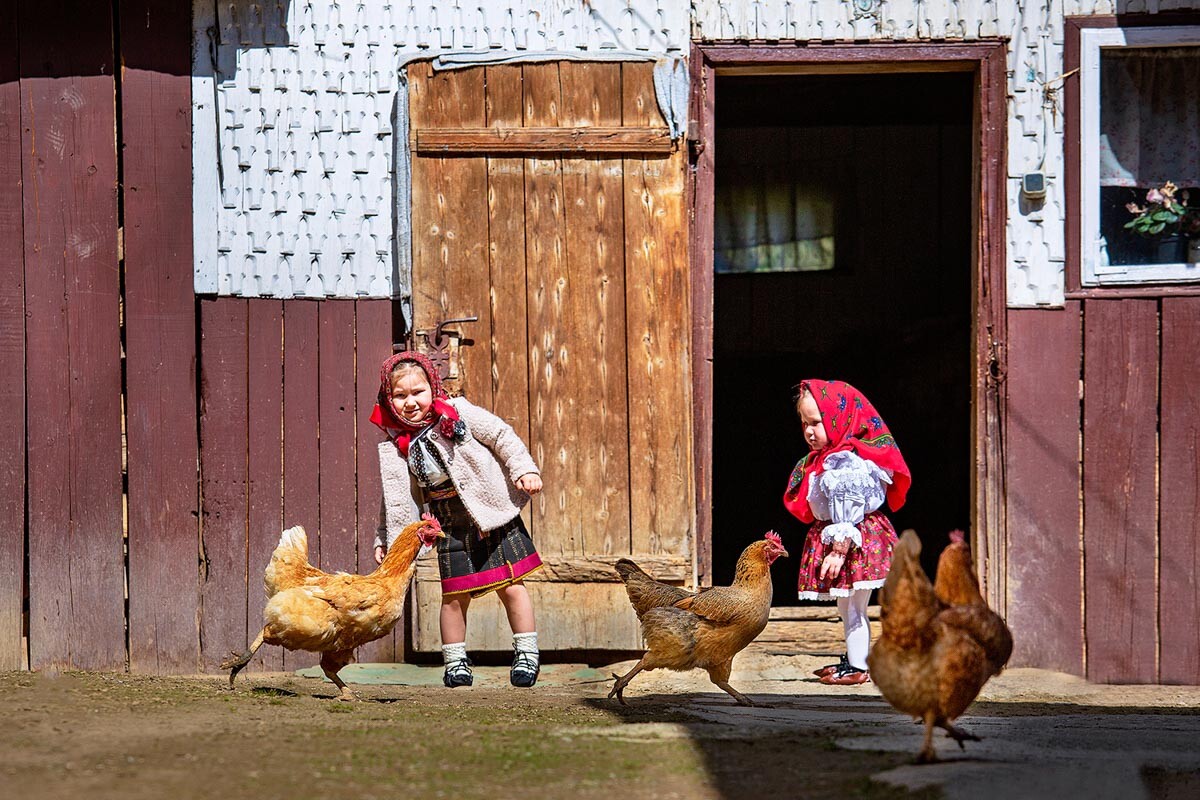
Traditional costumes, Bucovina
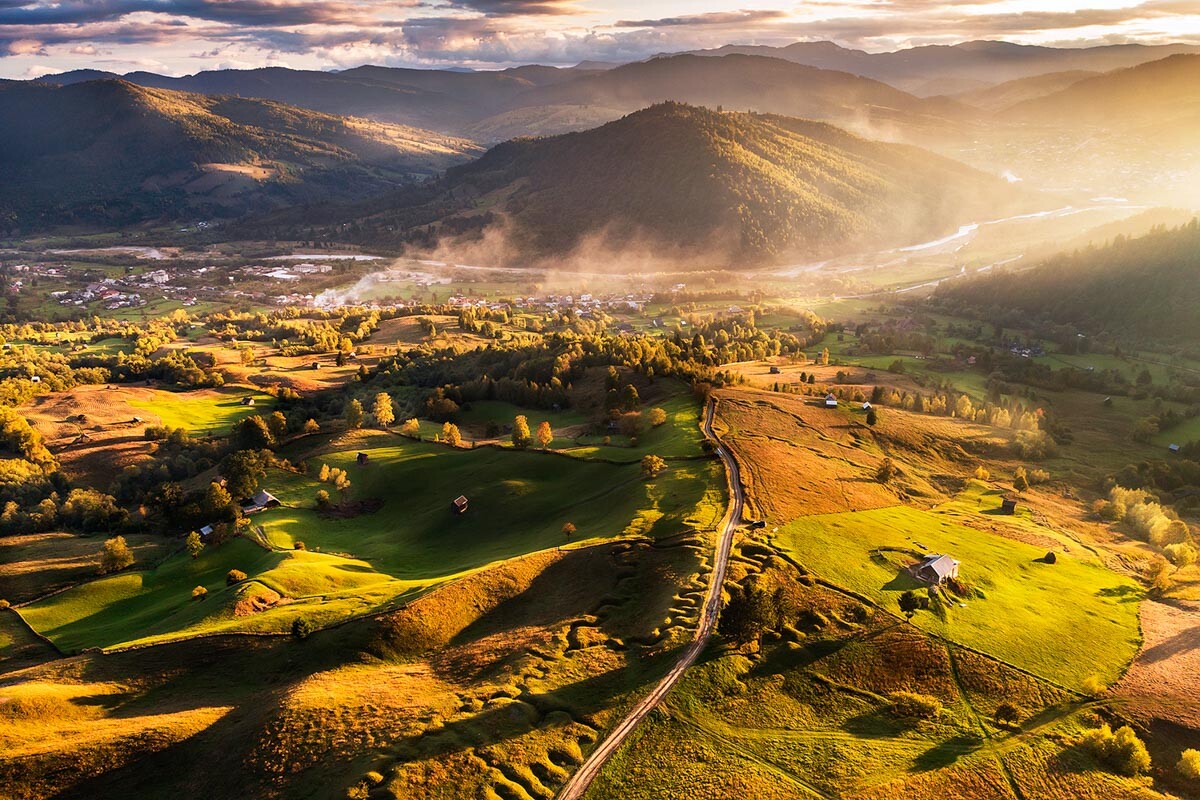
Autumn in Vama, Suceava
Photos by Sorin Onisor
Our Tours
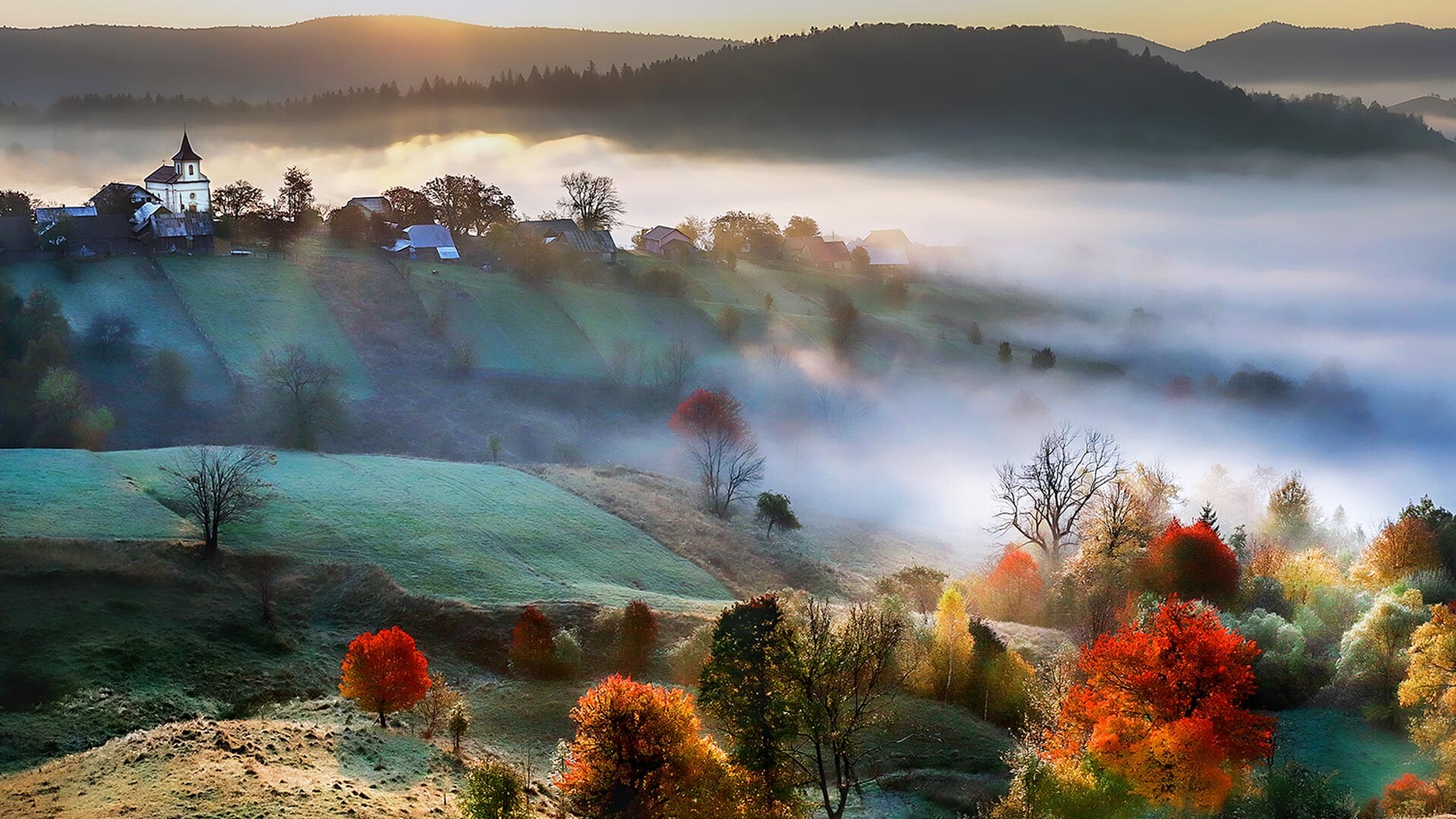
Bucovina Step by Step Tour
Be prepared to enter a colourful land of legends, of incredible natural beauty, of UNESCO World Heritage painted churches, of amazing people that will do anything for you to have an amazing experience. There is no other place in the world like that.
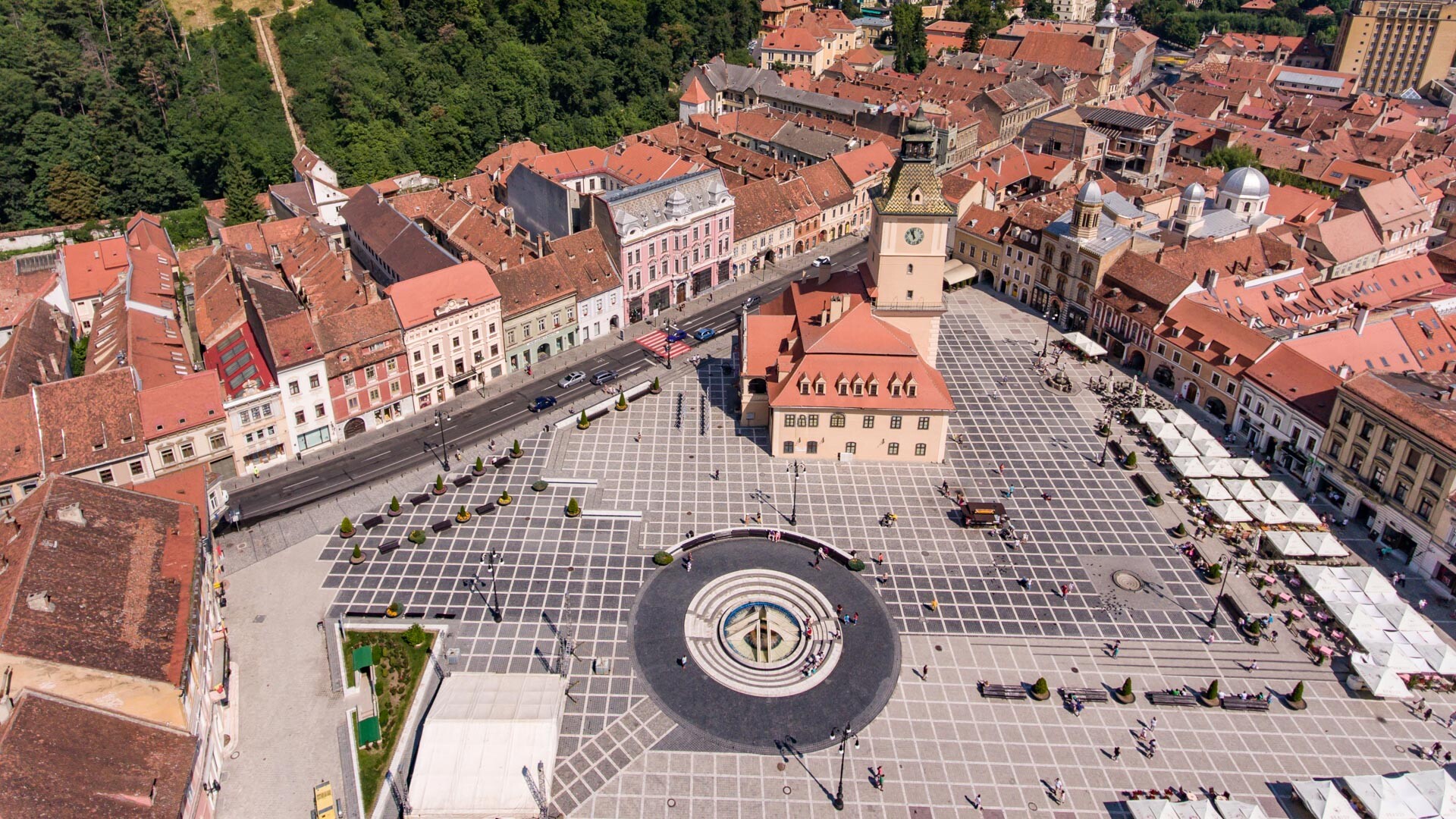
Transylvania Step by Step Tour
Head into Saxon Transylvania is to get a glimpse into ancient rural Europe. You’ll explore this fascinating area, once inhabited by the famous Transylvanian Saxons (Siebenbürger Sachsen) – industrious, skilled craftspeople and farmers, who left an indelible mark on this region.
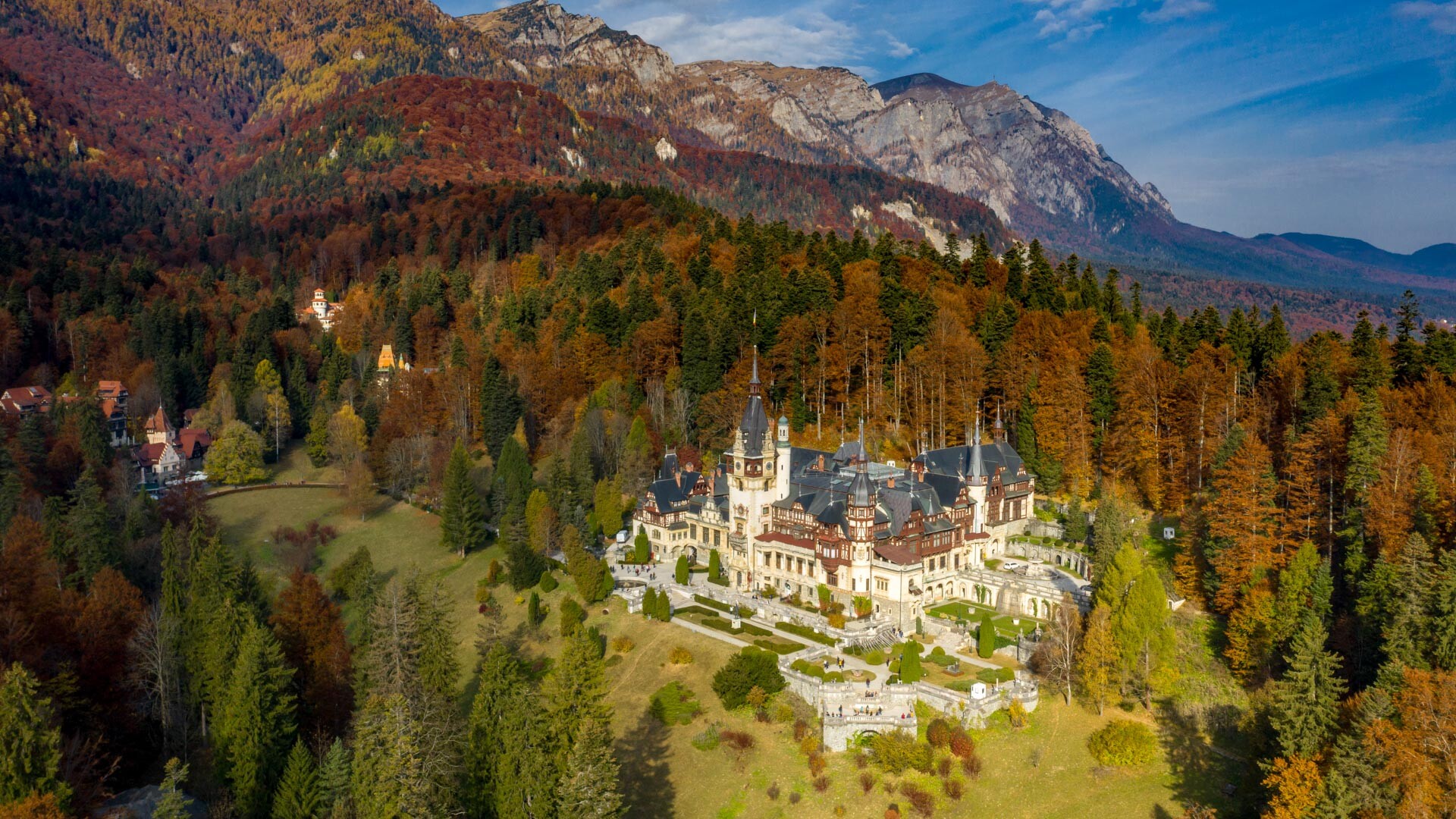
Essential Romania Weekend Tour
For the ones in a hurry, having just a long weekend available after a business trip or during bank holidays, for the ones wanting an extension for a Danube cruise, or for the ones that want to taste the essence of Romania to see if it worths investing extended time to travel, we invite you to come with us in this tour.
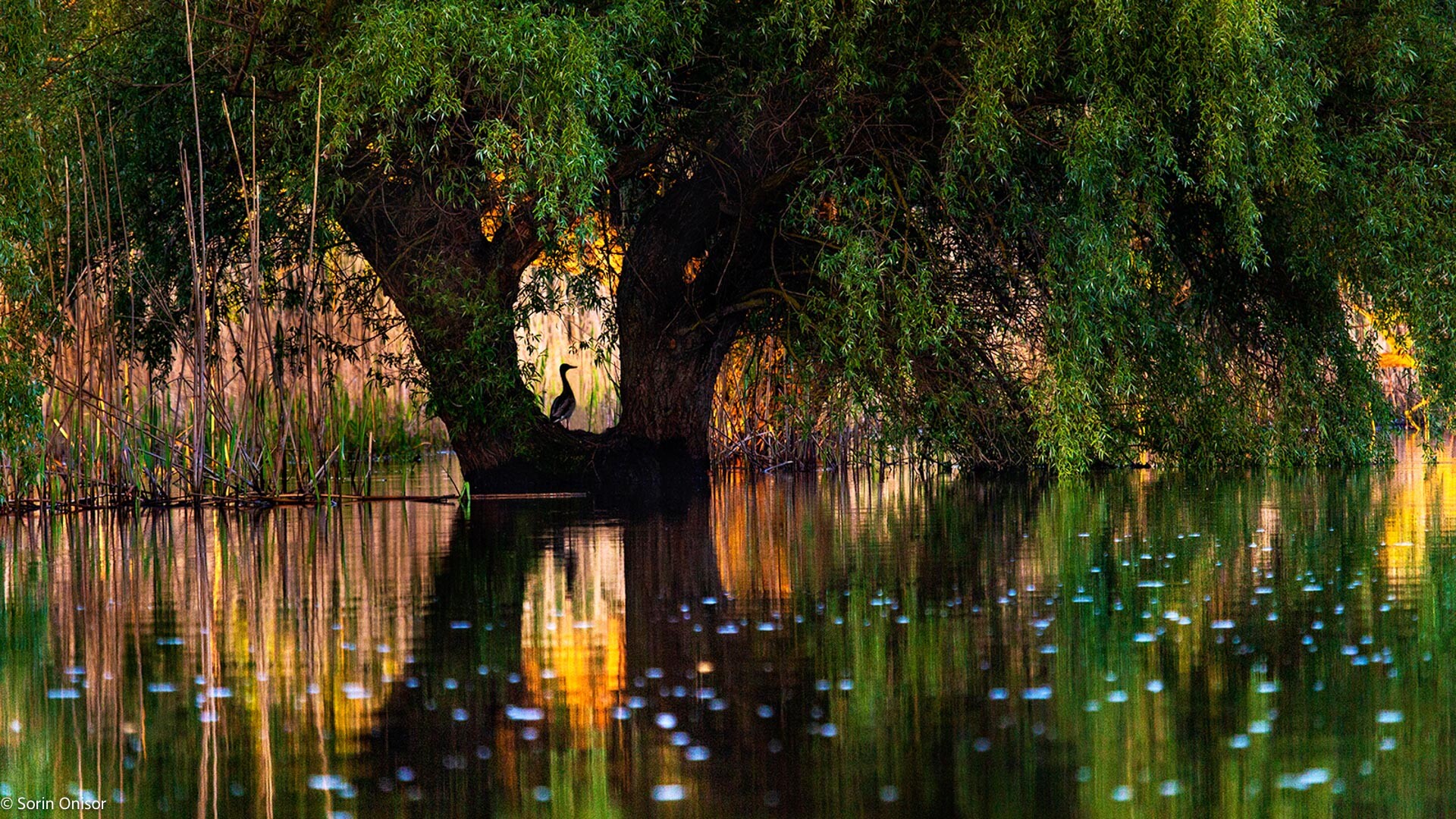
Danube Delta and Dobrudja Tour
Discover the oldest mountains in Romania and the unique Danube Delta – the only delta in the world entirely declared as a Biosphere Reserve by UNESCO and a truly unique ecosystem sprawling over more than 3000 km2.
Get Inspired
Viscri, the village Prince Charles made famous
The village of Viscri, or Weisskhirch (in Romanian "white church"), as it was formerly known, is less than two-hour drive from Brasov. The village was included in the UNESCO heritage list in 1999 and features on the world map of traditional villages. The road up there is dotted with plenty of attractions, so if you leave Brasov in the morning, you might only reach Viscri in the afternoon.
Rural life and local crafts in Transylvania
Transylvania offers sights and attractions to suit all tastes, but the authenticity found in the old rural settlements is something everyone loves. Transylvanian villages are places with a special charm, and the landscape of the area recalls memories of ancient times.
Peasants, Merchants and Knights – a Real Life Catan Story
The Saxon history of Transylvania begins unofficially in middle 1100's and officially in 1224 when the King of Hungary allowed the German peasants and merchants from Luxembourg and Flanders area to settle the southern part of the land to protect the Kingdom from invaders ...
Prejmer – UNESCO World Heritage fortified church
Prejmer fortress, the largest fortified church in Romania When they hear the word Brasov, most people think of the famous Black Church. But this is not the only medieval landmark in the area! Just 17 km north-east of Brasov (Kronstadt)...
What others say: A Transylvania Road Trip by BlondeAtlas
An interesting blog post by BlondeAtlas. Some nice tips and some good words about their experience in Romania. I particularly liked her choice of restaurants, Bistro de l'Arte in Brasov and Kulinarium in Sibiu are also two of our...
4 days in Saxon Country – Biertan, Richis
On the last day, we focused on visiting two major UNESCO fortified churches - Biertan and Richis. We joined the fantastic guide Peter Suciu who did a great job walking us through the history of...

